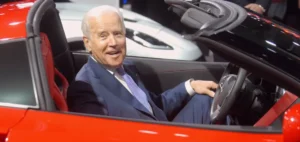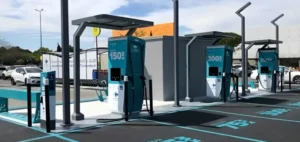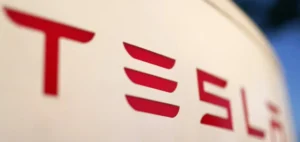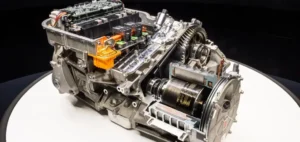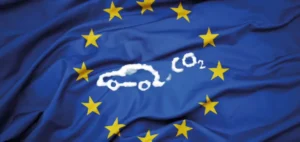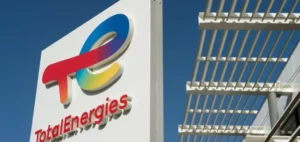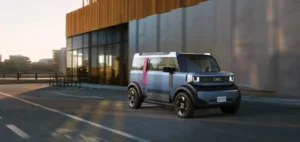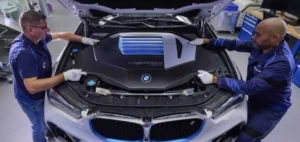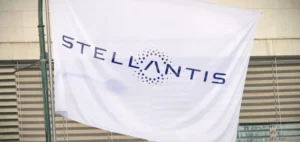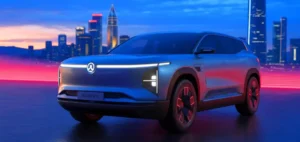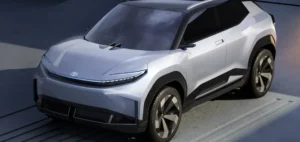Several car manufacturers believe in using electrofuels, produced from CO2 and hydrogen, to replace some of the gasoline in their tanks. These synthetic fuels, or “e-fuels”, are produced by combining hydrogen and CO2. For this process to be climate neutral, the hydrogen must be produced via decarbonized electricity, and the carbon dioxide must be captured from the air, industrial emissions or biomass. They have the same properties as gasoline or diesel, and can be used pure or mixed with petroleum without having to modify the engine.
While going full throttle on the electric car, many automakers are fantasizing about the future of e-fuels. Porsche has invested in a pilot plant in southern Chile, taking advantage of the region’s very strong winds to produce carbon-free electricity. BMW and Volkswagen (owner of Porsche and Audi, which is also interested) have recently defended electrofuels, which can be used in “a large number of existing cars” but also for “niche segments”, according to Volkswagen boss Oliver Blume. Ferrari is exploring this avenue in Formula 1 with its oil partner Shell. Renault and Stellantis are also interested, notably in partnership with the Saudi oil giant Aramco, which is due to launch a synthetic fuel plant (for aviation, marine and road use) in 2024 in Spain, together with the oil company Repsol.
However, this technology is strongly contested by environmental experts and NGOs. Their energy efficiency is “very bad” compared to electricity or hydrogen, “the industrial processes are not ready, their production is expensive and there will be relatively few of them”, says Nicolas Dore, of the French Environment Agency (Ademe). Instead, the agency sees a place for these new fuels in sectors that are “very difficult to decarbonize,” starting with air transport. Moreover, if they are carbon neutral, they still emit nitrogen dioxides (NO2) and carcinogenic particles, stresses the NGO Transport & Environment (T&E). According to the NGO, e-fuels are a “Trojan horse” for the automotive industry to extend the life of internal combustion engines and risk delaying investments in electrification.
The complex and energy-intensive production of e-fuels could also result in a minimum pump cost of €2.82 in France in 2030, almost 50% more than current regular gasoline, according to T&E. Porsche, for its part, assures that these synthetic fuels will be sold in the long term at the same price as gasoline, once their production is increased.
Ultimately, while e-fuels can be a solution for hard-to-decarbonize sectors, they are expensive to produce and not yet ready for mainstream use. Other more mature and less expensive solutions are available with better energy efficiency, such as electricity or hydrogen. It is important not to delay investments in electrification by using e-fuels as a short-term solution to extend the life of internal combustion engines.



